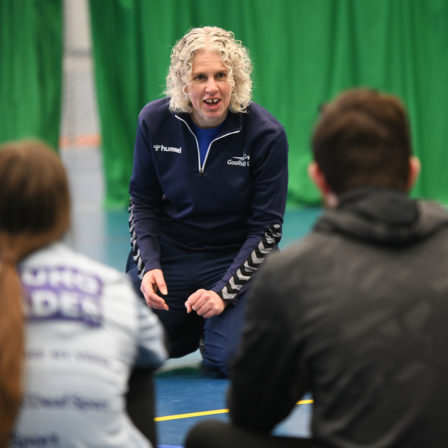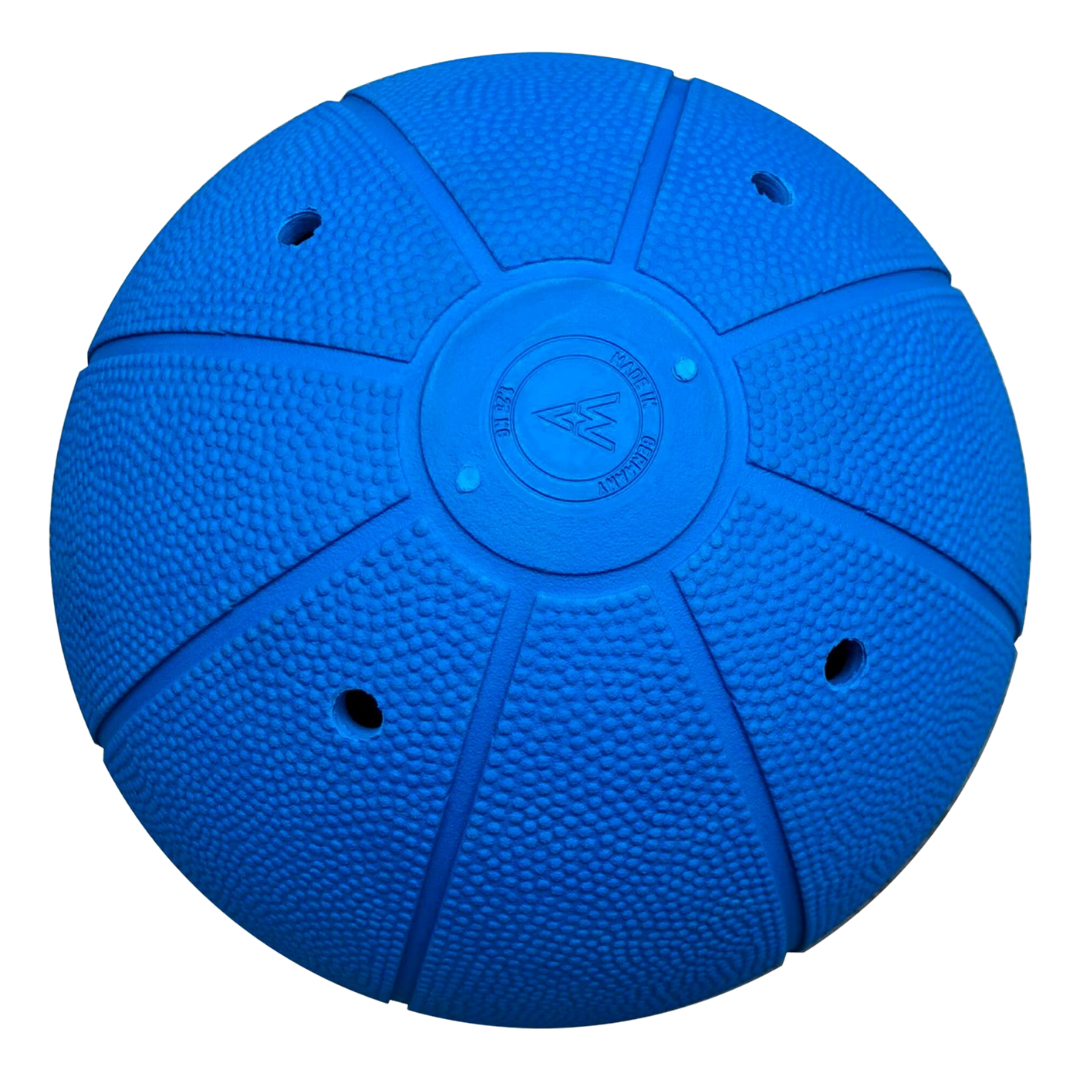What is goalball?
Discover more about this inclusive sport!
What makes Goalball unique?
How did goalball start?
Goalball was originally developed by Hanz Lorenzen (Austria) and Sepp Reindl (Germany) in 1946, as a rehabilitation programme for visually impaired World War II veterans.
Within the next few decades goalball evolved into a competitive sport, and was featured as a demonstration sport at the 1976 Montreal Summer Paralympic Games.
The success of this led to the first goalball world championships being held in Austria in 1978, before it was officially included within the Paralympic movement in the 1980 Summer Games in Arnhem and thereafter.
Goalball is a game played by two teams of three players with a maximum of three substitutions on each team. It is open to both male and female visually impaired athletes, and sighted players can also play domestically.
The object of the game is to score a goal by bowling the ball along the floor so that it crosses the goal line of the opposing team. The defending team has to prevent the ball going in to their goal by stopping it while remaining in their team area. They must then try to control the ball and attack by bowling the ball back again thereby trying to score in the other goal.




